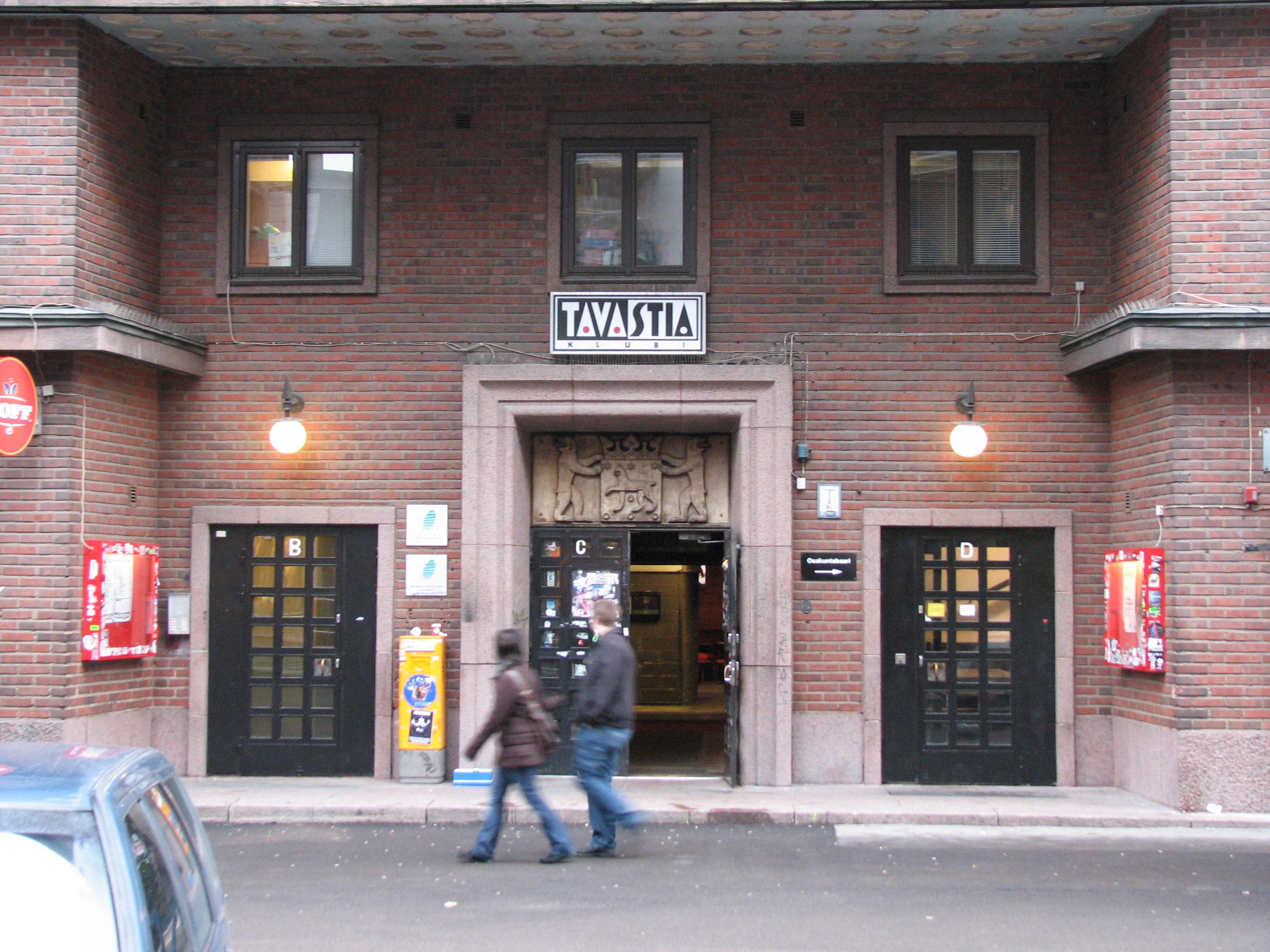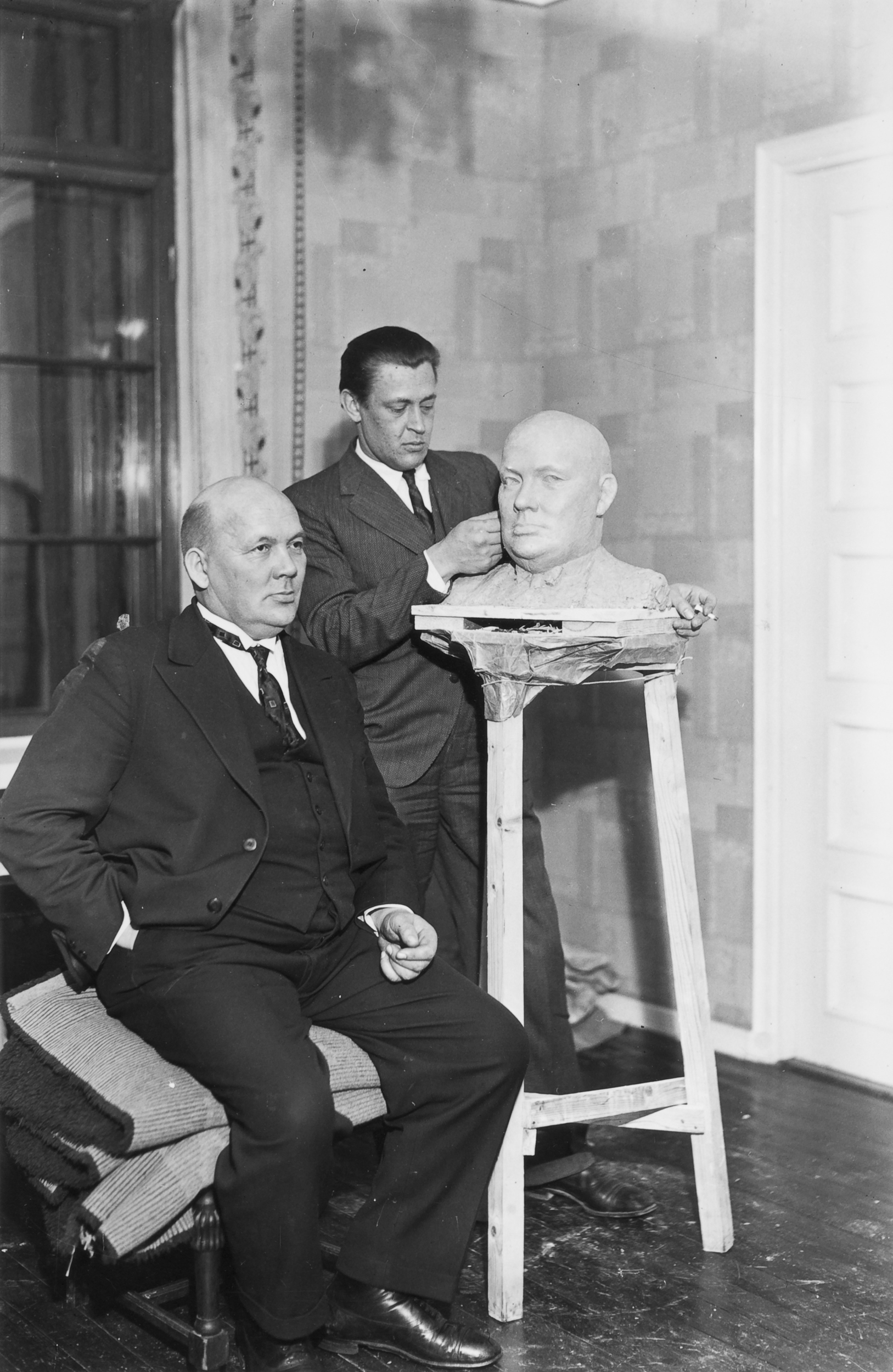|
Hämäläis-Osakunta
Hämäläis-Osakunta (HO, colloquially Hämis) is one of the 15 student nations at the University of Helsinki, Finnish-speaking and established in 1653 at The Royal Academy of Turku. In 1828, the academy moved to Helsinki adopting the name ''university'' and Hämäläis-Osakunta moved there along with the other nations. HO represents the historic region of ''Tavastia'' (nowadays, roughly Pirkanmaa, Tavastia Proper and Päijänne Tavastia), so it recruits its members actively there. The building of the nation, built in 1931, is located in Kamppi, on Urho Kekkosen katu. Premises Hämäläis-Osakunta owns the building Hämäläisten talo ("Tavastians' House" or loosely "Häme House") at Urho Kekkosen katu 4–8, across the street from the Kamppi Center. The first floor of 4 D is rented out to Tavastia Club and the four upper floors are reserved for use by the nation's members. The other staircases (4, 6 and 8) are also rented out by Hämäläisten ylioppilassäätiö (loosely "Häme ... [...More Info...] [...Related Items...] OR: [Wikipedia] [Google] [Baidu] |
Korporatsioon Sakala
Korporatsioon Sakala (abbreviated Korp! Sakala) is a fraternal organization of Estonian higher education students. It was established at the University of Tartu on November 14, 1909. The motto of korp! Sakala is ''One for all, and all for one!'' Its principles are ''natio'', ''democratia'' and ''fraternitas'', which are represented by the colors blue, violet and white as well the main principles of korp! Sakala are national loyalty, patriotism, promoting education, healthy living and physical recreation. The goal of korp! Sakala is to strengthen the academic bonds and support its members both morally and materially. With its activities Sakala intends to improve Estonia’s self-governance, preserve and advance its culture and to support realization of the ideas of democracy. Korp! Sakala's convent house is one of the architectural masterpieces in Tartu, planned by renowned Finnish national architect's Armas Lindgren and Wivi Lönn and completed in 1911. The high ceilings, pro ... [...More Info...] [...Related Items...] OR: [Wikipedia] [Google] [Baidu] |
Nations In Finnish Universities
In Finland, student nations (in Finnish, sg. osakunta, pl. osakunnat; in Swedish (student)nation) are student organisations within which a large proportion of extra-curricular student activity takes place. Though membership is not compulsory, the nations provide one of the main nodes of student social life, along with the faculty-based organisations (''ainejärjestöt'') at the universities. The first Finnish student nations were originally established at The Royal Academy of Turku. When the Academy moved to Helsinki after the Great Fire of Turku taking the name Imperial Alexander University in Finland, the nations moved along with it. Their institutional form is based on the original nation system of the University of Uppsala. After Finland had gained its independence from Russia, the university was renamed as the University of Helsinki. Today there are 15 nations, each one representing a historic region or province of Finland. Four of these nations represent Swedish-speaking ... [...More Info...] [...Related Items...] OR: [Wikipedia] [Google] [Baidu] |
Tavastia Club
The Tavastia Club ( fi, Tavastia-klubi) is a popular rock music club in Helsinki, Finland. The house is owned by Hämäläis-Osakunta, one of the student nations at the University of Helsinki, but since 1991 the club has been operated by a private enterprise renting the house from the nation. It is located in central Helsinki Kamppi district on the street Urho Kekkosen katu. The capacity is 700 people. History The house was built for the Tavastian nation as ''Hämäläisten talo'' (" Tavastians' house") in 1931. From early on, it was actively rented for entertainment purposes, including theater plays and dances. By the 1950s it had become a popular dance place and carried the slang name ''Hämis''. During the 1960s the house started to concentrate more on rock music. In 1970 the club was given the name ''Tavastia klubi''. The programme included weekly jazz, rock and disco concerts. During the 1970s many bands, which would later become very famous in Finland and even abroad, ro ... [...More Info...] [...Related Items...] OR: [Wikipedia] [Google] [Baidu] |
Petri Pellikka
Petri is a surname derived from Latin Petrus, and may refer to: Surname * Adam Petri, Renaissance printer who founded a Basel publishing house * Alexandra Petri, humor columnist for ''The Washington Post'', daughter of Tom * Carl Adam Petri, who introduced Petri nets * Edward P. Petri, American politician and businessman * Egon Petri, Dutch pianist and composer * Elio Petri, Italian director * Ellen Petri, Belgian beauty queen * Franziska Petri, German actress * György Petri, Hungarian poet * Heather Petri, American water polo player * Heinrich Petri, better known by his Latin name Henricus Petrus * Julius Richard Petri, German bacteriologist, inventor of the Petri dish * Laurentius Petri, Swedish clergyman, first Evangelical Lutheran Archbishop of Sweden * Luca Petri, Italian football player * Maria Petri, English association football supporter * Mario Petri, Italian operatic bass * Michala Petri, Danish recorder player * Mike Petri, American rugby player * Olaus Pet ... [...More Info...] [...Related Items...] OR: [Wikipedia] [Google] [Baidu] |
Väinö Linna
Väinö Linna (; 20 December 1920 – 21 April 1992) was a Finnish author. He gained literary fame with his third novel, ''Tuntematon sotilas'' ( ''The Unknown Soldier'', published in 1954), and consolidated his position with the trilogy ''Täällä Pohjantähden alla'' (''Under the North Star'', published in 1959–1963 and translated into English by Richard Impola). Both have been adapted to a film format on several occasions; ''The Unknown Soldier'' was first adapted into a film in 1955 and ''Under the North Star'' in 1968 as ''Here, Beneath the North Star'', both directed by Edvin Laine. Biography Väinö Linna was born in Urjala in the Pirkanmaa region. He was the seventh child of Viktor (Vihtori) Linna (1874–1928) and Johanna Maria (Maija) Linna (1888–1972). Linna's father, a butcher, died when he was only seven years old, thus his mother had to support the entire family by working at a nearby manor. Despite his background, Linna's interest in literature began early on ... [...More Info...] [...Related Items...] OR: [Wikipedia] [Google] [Baidu] |
Juho Kusti Paasikivi
Juho Kusti Paasikivi (; 27 November 1870 – 14 December 1956) was the seventh president of Finland (1946–1956). Representing the Finnish Party until its dissolution in 1918 and then the National Coalition Party, he also served as Prime Minister of Finland (1918 and 1944–1946). In addition to the above, Paasikivi held several other positions of trust, and was an influential figure in Finnish economics and politics for over fifty years. Paasikivi is remembered as a main architect of Finland's foreign policy after the Second World War; for example, the Paasikivi Society (''Paasikivi-seura''), founded in 1958 under the leadership of Jan-Magnus Jansson, sought to nurture Paasikivi's political legacy, especially during the Cold War, by promoting fact-based foreign policy thinking in Finland and making Finland's policy of neutrality internationally known. Early life and political career Birth and childhood Paasikivi was born Johan Gustaf Hellsten in 1870 at the smoke sauna o ... [...More Info...] [...Related Items...] OR: [Wikipedia] [Google] [Baidu] |
Nobel Prize In Literature
) , image = Nobel Prize.png , caption = , awarded_for = Outstanding contributions in literature , presenter = Swedish Academy , holder = Annie Ernaux (2022) , location = Stockholm, Sweden , year = 1901 , reward = 10 million SEK (2022) , website = , year2 = 2022 , holder_label = Currently held by , previous = 2021 , main = 2022 , next = 2023 The Nobel Prize in Literature (here meaning ''for'' literature) is a Swedish literature prize that is awarded annually, since 1901, to an author from any country who has, in the words of the will of Swedish industrialist Alfred Nobel, "in the field of literature, produced the most outstanding work in an idealistic direction" (original Swedish: ''den som inom litteraturen har producerat det utmärktaste i idealisk rigtning''). Though individual works are sometimes cited as being particularly noteworthy, the award is based on an author's body of work as ... [...More Info...] [...Related Items...] OR: [Wikipedia] [Google] [Baidu] |
Frans Eemil Sillanpää
Frans Eemil Sillanpää (; 16 September 1888 – 3 June 1964) was one of the most famous Finnish writers and in 1939 became the first Finnish writer to be awarded the Nobel Prize for literature "for his deep understanding of his country's peasantry and the exquisite art with which he has portrayed their way of life and their relationship with Nature". His best-known novels include ' (''Nuorena nukkunut'') from 1931. Early life Frans Eemil Sillanpää was born into a peasant farming family in Hämeenkyrö. Although his parents were poor, they managed to send him to school in Tampere. At school Sillanpää was a good student and with aid from his benefactor Henrik Liljeroos he entered the University of Helsinki in 1908 to study medicine. Here his acquaintances included the painters Eero Järnefelt and Pekka Halonen, composer Jean Sibelius and author Juhani Aho. Career Five years later, in 1913 Sillanpää moved from Helsinki to his old home village and devoted himself to writin ... [...More Info...] [...Related Items...] OR: [Wikipedia] [Google] [Baidu] |
Lunds Nation
Lund Food Holdings, Inc is an American supermarket operator. Headquartered in Edina, it owns the upscale supermarket chain Lunds & Byerlys. The company opened its first supermarkets in the Uptown area of Minneapolis. In 2015, it changed its name from Lunds to Lunds & Byerlys. It operates 28 stores in Minneapolis-St. Paul metro area of Minnesota. History Lunds History Russell T. Lund Sr. founded a grocery called Hove's in 1939 at the corner of Lake Street and Hennepin Avenue in the Uptown neighborhood of Minneapolis. Russell Lund Sr., an employee, took an equity stake in the cheese and cracker department in 1922 and after founding a popcorn business, a larger stake in 1939. The chain took the Lunds name in 1964. Lunds and Byerly's were competing companies until 1997 when Lunds acquired Byerly's. They continued to operate under their individual names until April 2015, when the stores were rebranded Lunds & Byerlys. In 2006, they launched its online grocery shopping service. ... [...More Info...] [...Related Items...] OR: [Wikipedia] [Google] [Baidu] |
Uplands Nation
Uplands nation (the ''Uppland Nation'') is a student society and one of thirteen nations at Uppsala University. It has traditionally recruited its members from the province of Uppland, which surrounds and includes Uppsala and stretches down south to the northern part of Stockholm. The nation uses an older spelling of the toponym (but ''Upplands nation'' has also been used). , the nation has about 2,600 members. History and building In its earliest form, Uplands nation was founded, or may at least first be attested, in 1642, but the current nation is the result of a merger in 1823 with ''Fjärdhundra nation'' and a second one in 1829 with ''Roslags nation'', two smaller nations recruiting students from different parts of the province of Uppland (Fjärdhundraland and Roslagen), each of which also date to the early 1640s (the earliest documents from Fjärdhundra nation are also from 1642, while the archives from Roslags nation begin already in 1640). Before acquiring the ... [...More Info...] [...Related Items...] OR: [Wikipedia] [Google] [Baidu] |






